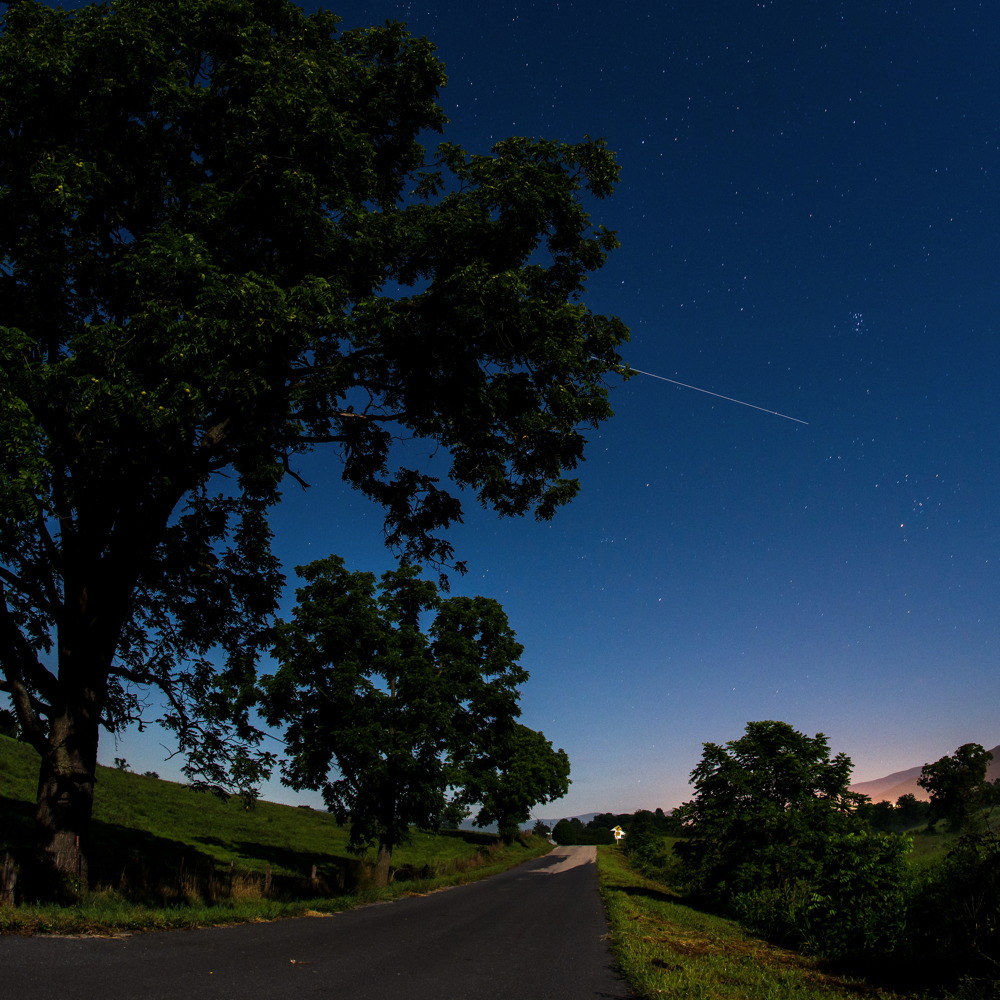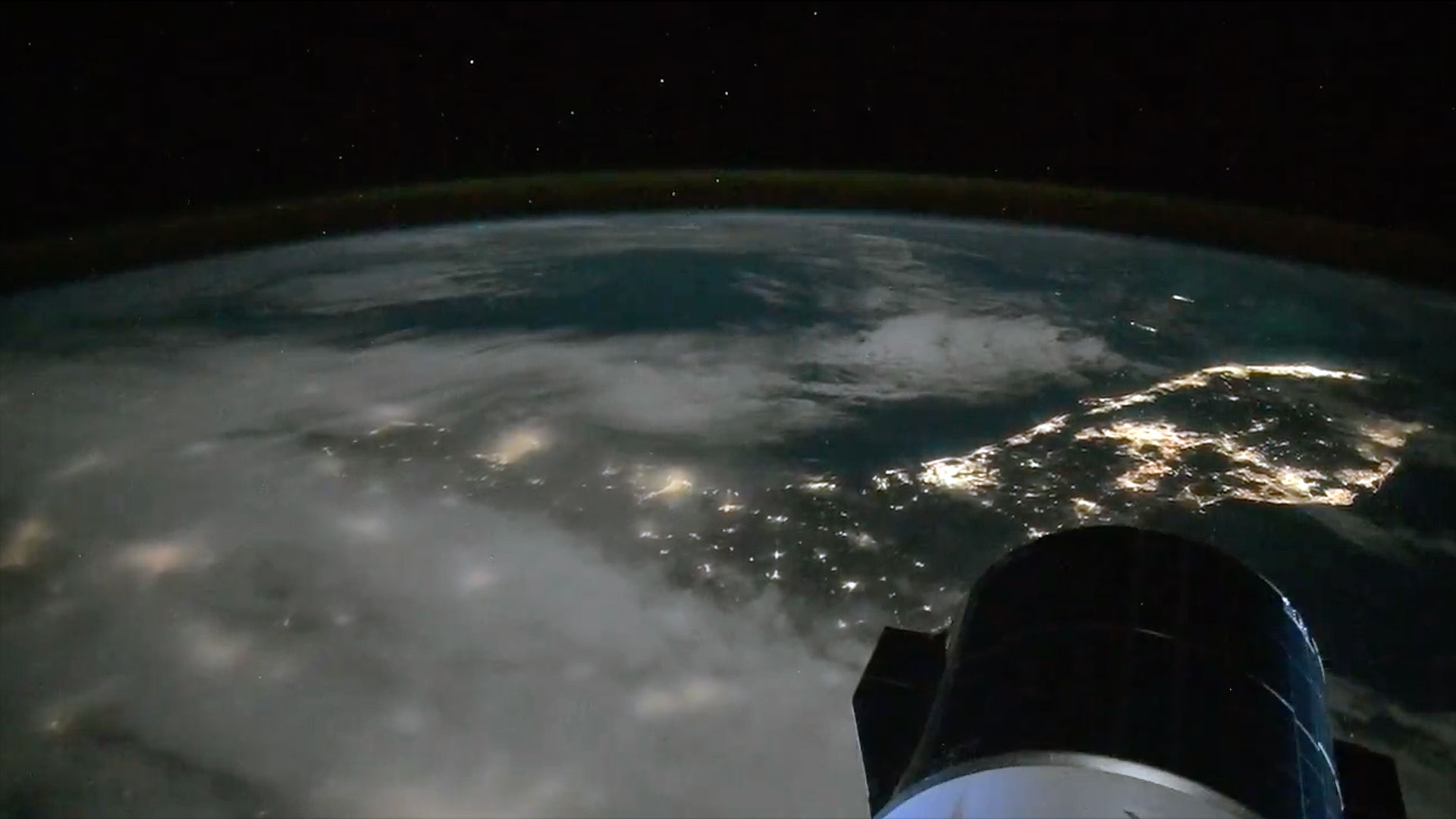Introducing Space.com's New Satellite Tracker from N2YO

Ever wonder when the International Space Station or Hubble Space Telescope will pass by in their multiple daily orbits?
Space.com is introducing a new satellite tracker powered by N2YO.com to answer that question for many of the diverse cast of space stations, observational satellites and military orbiters that trace paths through the sky above.
Satellites are predictable, but the complex algorithms needed to plot their locations are too slow to work in real time in a Web browser, said Ciprian Sufitchi, the tracker's creator. Space.com's new app communicates with a server that reports back the real-time location and speed of several satellites — and makes that information personal by plotting exactly where a given satellite is and reporting when it will pass overhead for the user.
Some satellites are easier to see than others; Hubble, for instance, is very faint, while the International Space Station is much brighter and can be seen even from cities or other areas with a lot of light pollution, assuming there's no fog or clouds. Sufitchi advises against using a telescope — the field of view is too narrow, and it's too hard to track the satellites' quick movement across the sky — but binoculars may provide a wide enough view to catch the satellites' passing. However, the naked eye is often the best option, he said.
The first satellite Sufitchi ever saw was the International Space Station, which he recommends as a first target.
"I think everyone has this 'awe' moment to watch the space station crossing the sky," Sufitchi told Space.com. "It's a wonderful thing to predict and check at that very second that the brightest star is going to climb to be in the sky, and see it crossing — [and know] there are people up there living and working at that time.
Breaking space news, the latest updates on rocket launches, skywatching events and more!
"It's a very awesome feeling, seeing that," he added.
Space.com's tracker lets users follow 12 different satellites' paths, and Sufitchi's website, N2YO.com, offers many more. Sufitchi is an amateur radio operator, and his website's name is based on his licensed amateur radio call sign.
Email Sarah Lewin at slewin@space.com or follow her @SarahExplains. Follow us @Spacedotcom, Facebook and Google+. Original article on Space.com.

Sarah Lewin started writing for Space.com in June of 2015 as a Staff Writer and became Associate Editor in 2019 . Her work has been featured by Scientific American, IEEE Spectrum, Quanta Magazine, Wired, The Scientist, Science Friday and WGBH's Inside NOVA. Sarah has an MA from NYU's Science, Health and Environmental Reporting Program and an AB in mathematics from Brown University. When not writing, reading or thinking about space, Sarah enjoys musical theatre and mathematical papercraft. She is currently Assistant News Editor at Scientific American. You can follow her on Twitter @SarahExplains.
